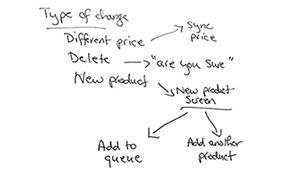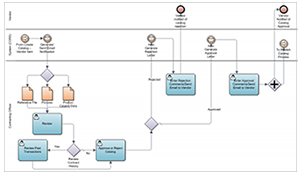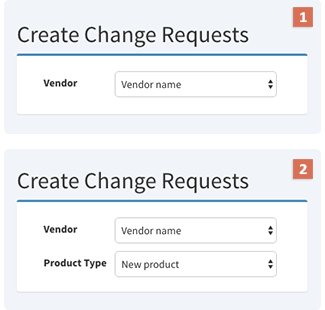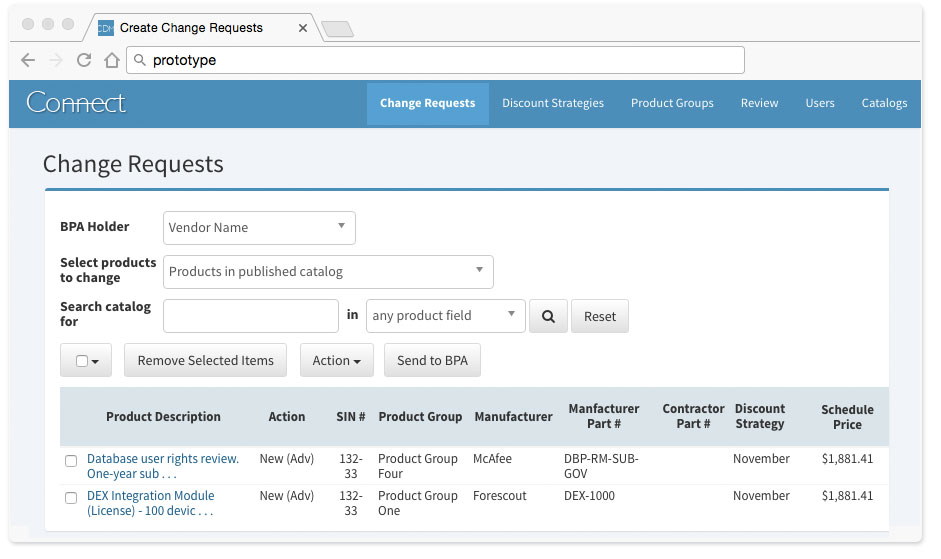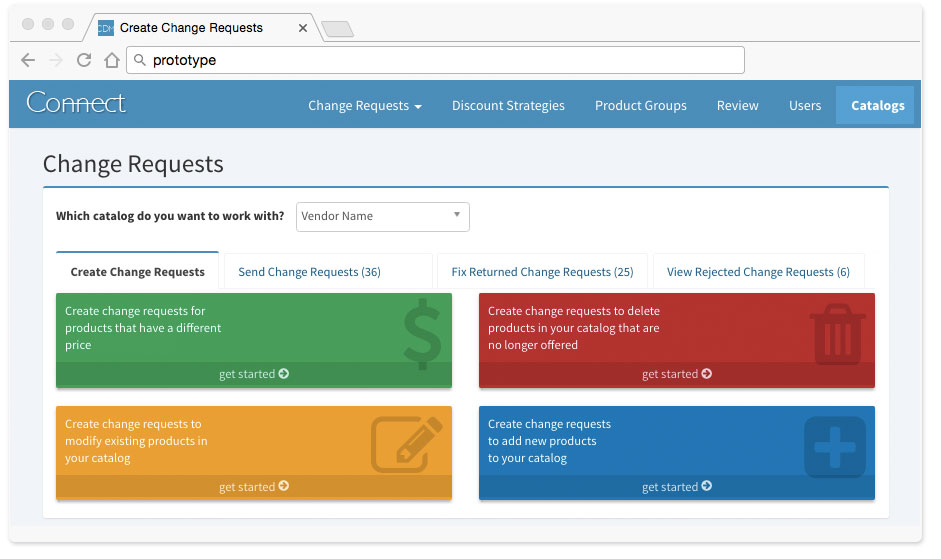The Challenge
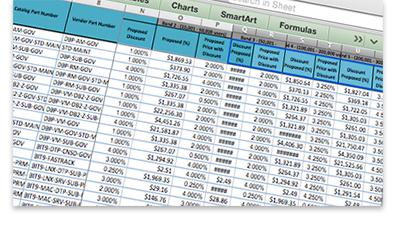
A large government agency was using spreadsheets to evaluate thousands of cyber security tools and services in vendor catalogs. Every quarter, each catalog required extensive technical and pricing reviews as well as multiple approvals across multiple organizations.
Our cross-functional Agile team was asked to automate and streamline the agency's costly, time-consuming manual processes for reviewing, updating, and publishing catalogs.
